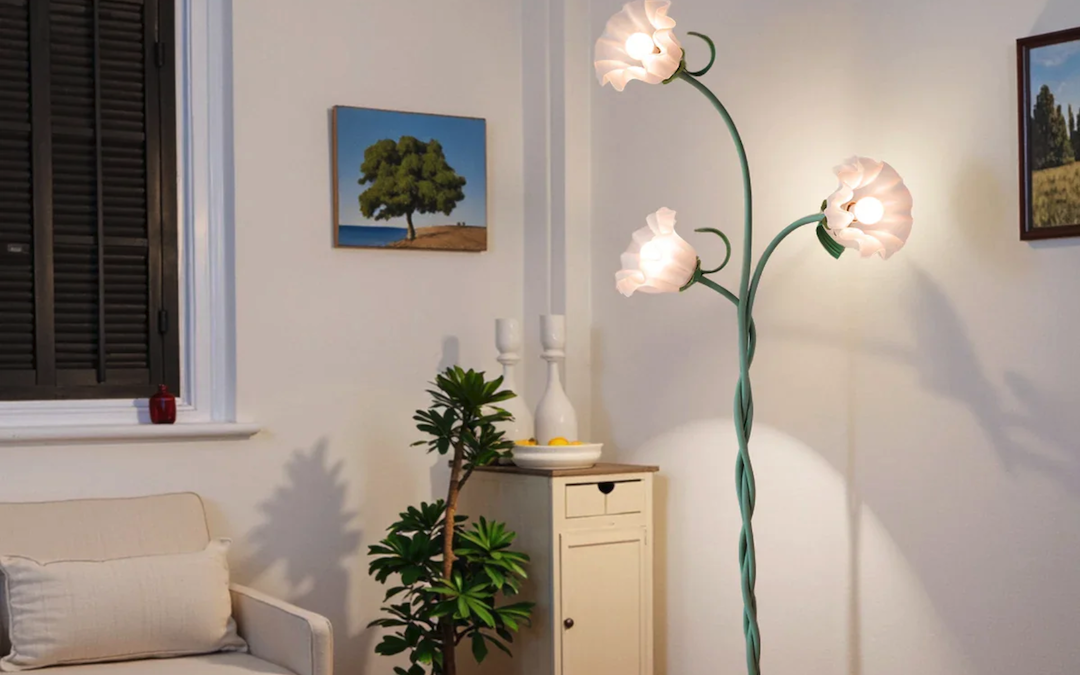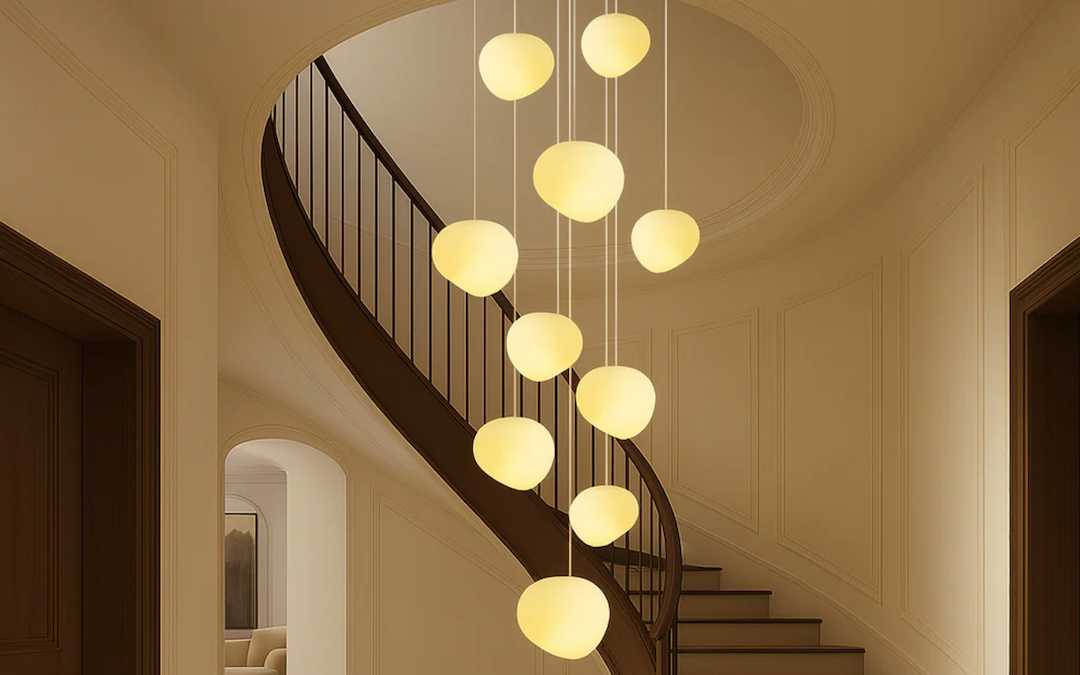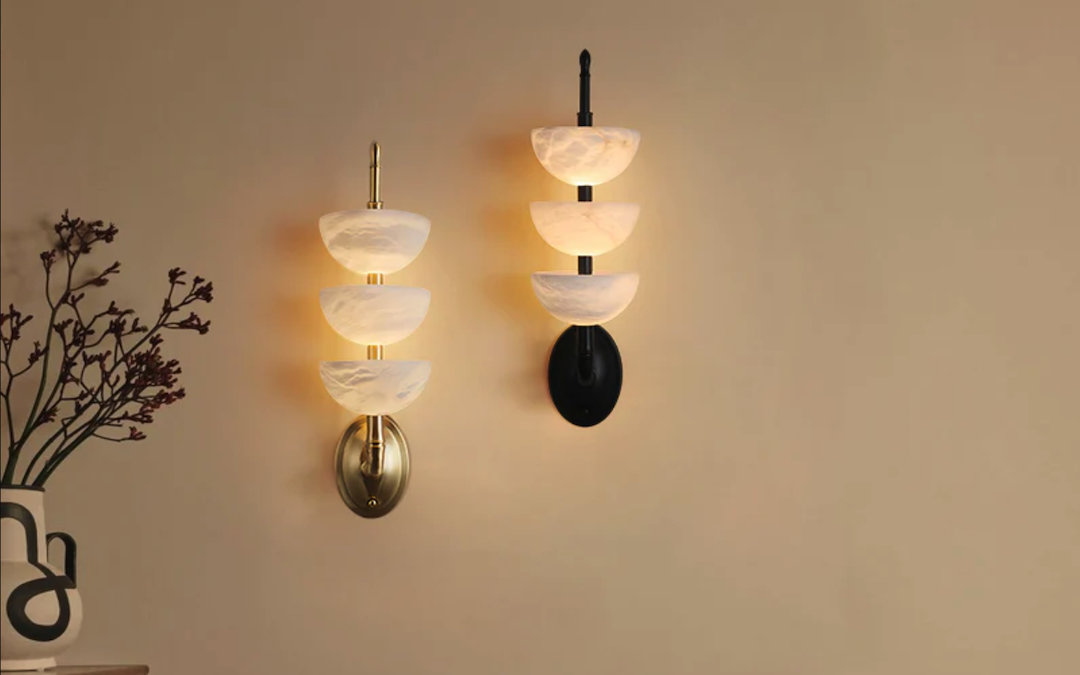Unveiling the Science and Purpose of Suspension Wires: Supporting Structures for Modern Architecture
Introduction
When we see a modern skyscraper or a long suspension bridge, we tend to marvel at their height and beauty without paying much attention to their underlying structures. Yet, these structures are essential to ensure the stability, safety, and longevity of such designs. One such structure that plays a crucial role in modern architecture is suspension wires. Suspension wires are the primary support system that keeps tall buildings and bridges upright, stable, and resistant to external forces such as wind, earthquakes, and traffic. In this article, we will delve deeper into the science and purpose of suspension wires, their mechanisms, types, and applications in modern engineering feats.
The Science of Suspension Wires
Suspension wires are thin, strong, and flexible metal cables that act as a suspension system to hold up heavy loads. They consist of high-strength steel wires or strands that are bundled together to form a rope-like structure. The steel wires are usually coated with a protective layer of zinc or polymer to prevent corrosion and damage. Suspension wires work on the principle of tension and compression, where they apply a pulling force (tension) on the supported structure to counteract the downward force of gravity.
The physics behind suspension wires can be understood by the concept of the catenary curve. A catenary curve is the natural shape that a hanging cable makes under uniform gravity loading. It is a U-shaped curve that is observed when a hanging chain or wire is supported at its two ends, forming a hanging shape. The catenary curve is significant to the design of suspension wires as it minimizes the tension and stress on the cables and distributes the load evenly across the structure.
The Purpose of Suspension Wires
Suspension wires serve many purposes in modern architecture and engineering. Their primary function is to provide support and stability to the structure by distributing the load evenly across the cables. This minimizes the stress and tension on the structure, preventing it from collapsing or deforming under its weight.
Another purpose of suspension wires is to absorb and resist external forces such as wind, earthquakes, and vibrations. These forces can cause a structure to sway or oscillate, leading to instability or even structural failure. Suspension wires act as shock absorbers, reducing the magnitude of these forces and preventing the structure from being damaged or destroyed.
In addition, suspension wires provide flexibility to the structure, allowing it to adjust to different temperatures and environmental conditions. They can expand or contract due to thermal expansion or contraction, accommodating any changes in the structure’s dimensions without causing damage or stress.
Types of Suspension Wires
There are several types of suspension wires used in modern architecture, each with its characteristics and applications. The most commonly used types are:
1. Parallel Wire Strand – consisting of multiple steel wires or strands twisted together into a parallel configuration. This type of suspension wire is commonly used in bridge construction and tall buildings.
2. Cable Stayed Systems – consisting of a central tower or pylon that supports multiple cables angled towards the ground. This type of suspension wire is commonly used in suspension bridges and tall buildings.
3. Suspension Systems – consisting of a series of cables hung between two anchor points to support the structure. This type of suspension wire is commonly used in suspension bridges and cable-stayed bridges.
Applications of Suspension Wires
Suspension wires find wide applications in modern engineering feats, such as:
1. Bridges – suspension bridges, cable-stayed bridges, and arch bridges all use suspension wires to provide support and stability to the structure.
2. High-Rise Buildings – tall buildings use suspension wires to ensure stability and safety, preventing the structure from collapsing or bending under its weight.
3. Power Transmission – suspension wires are used in power lines and transmission towers to support the electrical cables and distribute the load across the structure.
4. Aerospace – suspension wires are used in aerospace engineering to support the wings and engines of aircraft, as well as in space missions to support satellites and other equipment.
Conclusion
Suspension wires are an essential element of modern architecture and engineering. They provide structural support, stability, and safety to tall buildings and bridges, as well as absorb and resist external forces. The physics behind suspension wires, including the catenary curve, is crucial to their design and performance. There are several types of suspension wires, each designed for specific applications. Suspicious wires are used in a wide range of fields, from building and bridge construction to power transmission and aerospace engineering. Understanding the science and purpose of suspension wires is essential for engineers to design and build safe, stable, and durable structures.



